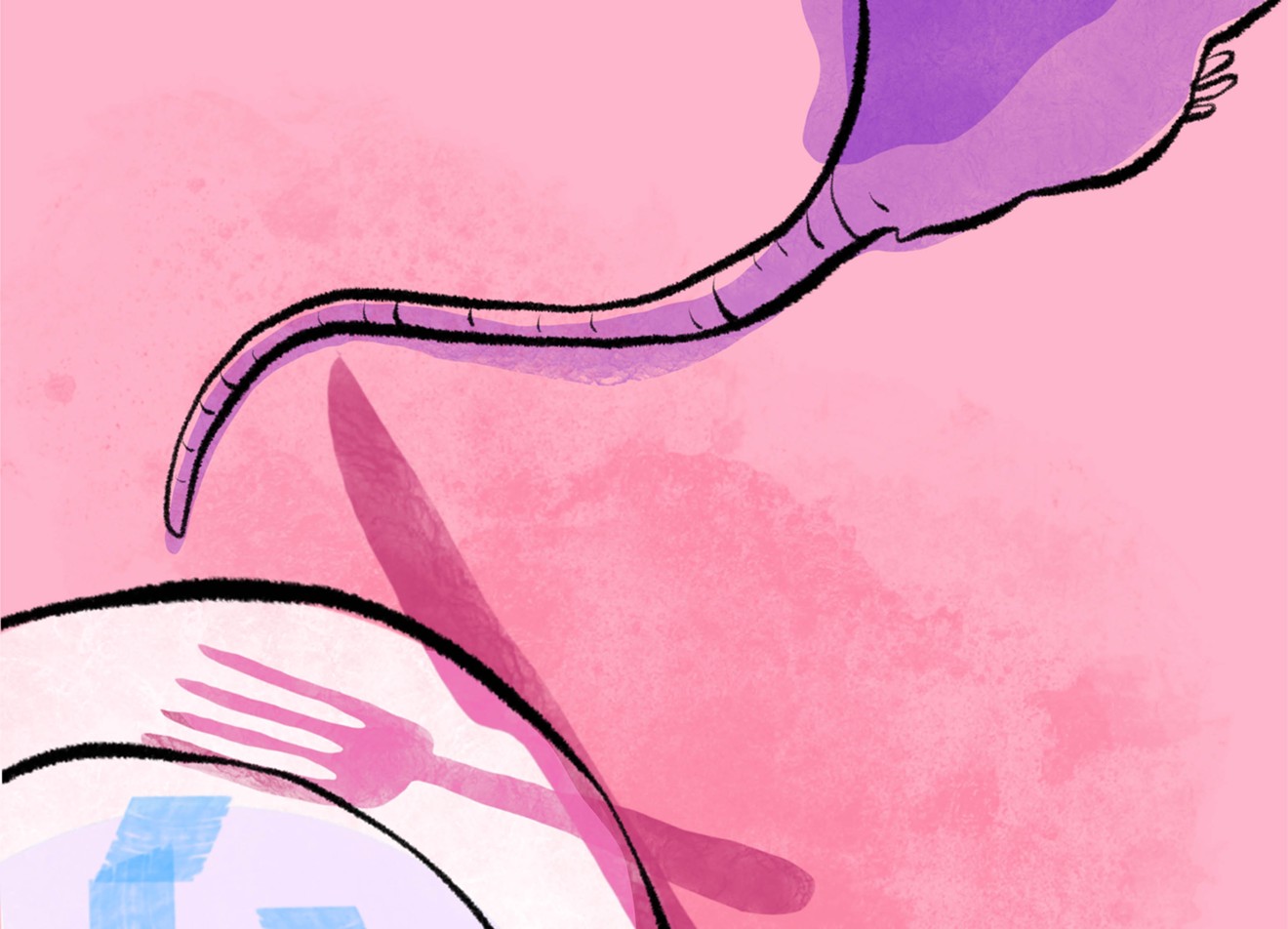Let’s discuss Dallas restaurant inspection scores. In the past we’ve talked about the inflation that plagues scores, and the workload that can set inspectors weeks behind schedule. But today we’ll stick to one very simple question, which doesn’t require any investigative digging.
What does a restaurant’s inspection score even mean?
Establishments in Dallas are graded on a scale from 1 to 100, much like the one you remember from school. 100 means perfect; demerits are charged for every rule the kitchen violates. Scoring 79 or below triggers a mandatory follow-up; scoring 69 or below means a failing grade; scoring 59 or below means that, if one of the violations is a major, imminent threat to the public, the establishment must close until problems are solved.
What score means a restaurant is safe to visit? What number should make you reconsider ordering the raw oysters? A 90 is good, right?
Well, here’s the official Dallas answer to those questions: It’s complicated, and the score isn’t that useful at all.
Here (with some edits to spelling and grammar) is what Code Compliance assistant manager Mandy Shreve told us over a series of emails this spring: “We think it’s more advantageous to the customer to review the actual report, as an establishment can receive a score of 90% or a grade of A and still have major food safety issues such as inadequate refrigeration, inadequate heat holding equipment, or no hot water. These are major violations, but the score would still reflect in the 90’s or as being an A. Simply providing a score or a grade does not tell the customer everything they need to know to make a good choice about where they dine out.”
Is the score good for anything? Sort of, Shreve says. “Currently, we recommend that the score be used as an indicator of the establishment’s compliance with health codes. However, without reading the report, you cannot determine the seriousness of the violations.”
In other words, a restaurant that scores 90 because of a few big, terrifying violations can be less safe than a restaurant that scores 75 because of a series of technicalities.
To be blunt: What’s the point of the numbers, then?
Dallas wishes customers did their homework before visiting a business, reading the full inspection report to learn every detail of the kitchen’s cleanliness. And Dallas has plans to encourage this kind of consumer background check: Shreve says the department is building a “new communication strategy” to “educate the public on how to read the report.”
The assumption, of course, is that people will actually do this. Currently, the reports are all in one gigantic spreadsheet, confusing to navigate for the average user who just wants to grab a sandwich. (Try it on mobile.) Much better is the extraordinary database built by the Dallas Morning News, which uses color coding (red is bad), invents A-F letter grades to match the numbers and lists both violations and inspector comments in an easy-to-read format.
The only other way to access a restaurant’s full report is to actually go to the restaurant and demand a copy. Three prominent restaurateurs who have each owned multiple businesses in Dallas told the Observer that not a single customer at their businesses has ever done so.
“Literally has never happened,” one said.
In other words, few are willing to tackle the challenge of finding and understanding the full report. The city plans to make that easier, but is reading full inspection papers before every meal a viable solution? Will they just send everyone to the Morning News? Would diners begin researching en masse? Will tourists enjoy this homework assignment? The answers are likely to be no.
If only Dallas had a useful shorthand, a shortcut for diners who want to know if a restaurant is safe but don’t have time to sit down with reading material. Some sort of grade, maybe. Oh, wait.
There must be ways to make the numerical scores more useful. One possibility: altering the demerit system. Maybe truly critical issues — like no hot water in the restaurant — should cost more than three points. Maybe a paperwork error should be a 0.5-point hit while spraying toxic chemicals on the food costs 15.
Maybe inspectors should fill out a new box on each sheet with a verbal rating specifically intended for the general public. Each establishment could be labeled Spotless, Safe, Generally Safe, Exercise Caution, or Do You Want to Die? These labels could be applied to any business with any score, so if, as Shreve suggests, a hypothetical kitchen scores a 90 with critical issues, it can still be labeled Exercise Caution.
I’m just brainstorming here. I don’t intend for this proposal to go unedited to the City Council for approval. But if Dallas wants the restaurant-going public to actually know whether they’re eating at sanitary facilities, the city can’t rely on people to teach themselves how to read official reports. They’re going to need to find a way to make the summary scores meaningful and reliable.
They’re also going to need to fix those numbers if they ever plan to introduce a signage system posting scores in the doors or windows of restaurants. Dallas officials oppose that idea right now. But given near-universal consumer support for such measures when they are implemented elsewhere, local authorities may not be able to prevent a public-signage law for long.
[
{
"name": "Air - MediumRectangle - Inline Content - Mobile Display Size",
"component": "18855504",
"insertPoint": "2",
"requiredCountToDisplay": "2"
},{
"name": "Editor Picks",
"component": "17105533",
"insertPoint": "4",
"requiredCountToDisplay": "1"
},{
"name": "Inline Links",
"component": "18349797",
"insertPoint": "8th",
"startingPoint": 8,
"requiredCountToDisplay": "7",
"maxInsertions": 25
},{
"name": "Air - MediumRectangle - Combo - Inline Content",
"component": "17105532",
"insertPoint": "8th",
"startingPoint": 8,
"requiredCountToDisplay": "7",
"maxInsertions": 25
},{
"name": "Inline Links",
"component": "18349797",
"insertPoint": "8th",
"startingPoint": 12,
"requiredCountToDisplay": "11",
"maxInsertions": 25
},{
"name": "Air - Leaderboard Tower - Combo - Inline Content",
"component": "17105535",
"insertPoint": "8th",
"startingPoint": 12,
"requiredCountToDisplay": "11",
"maxInsertions": 25
}
]












